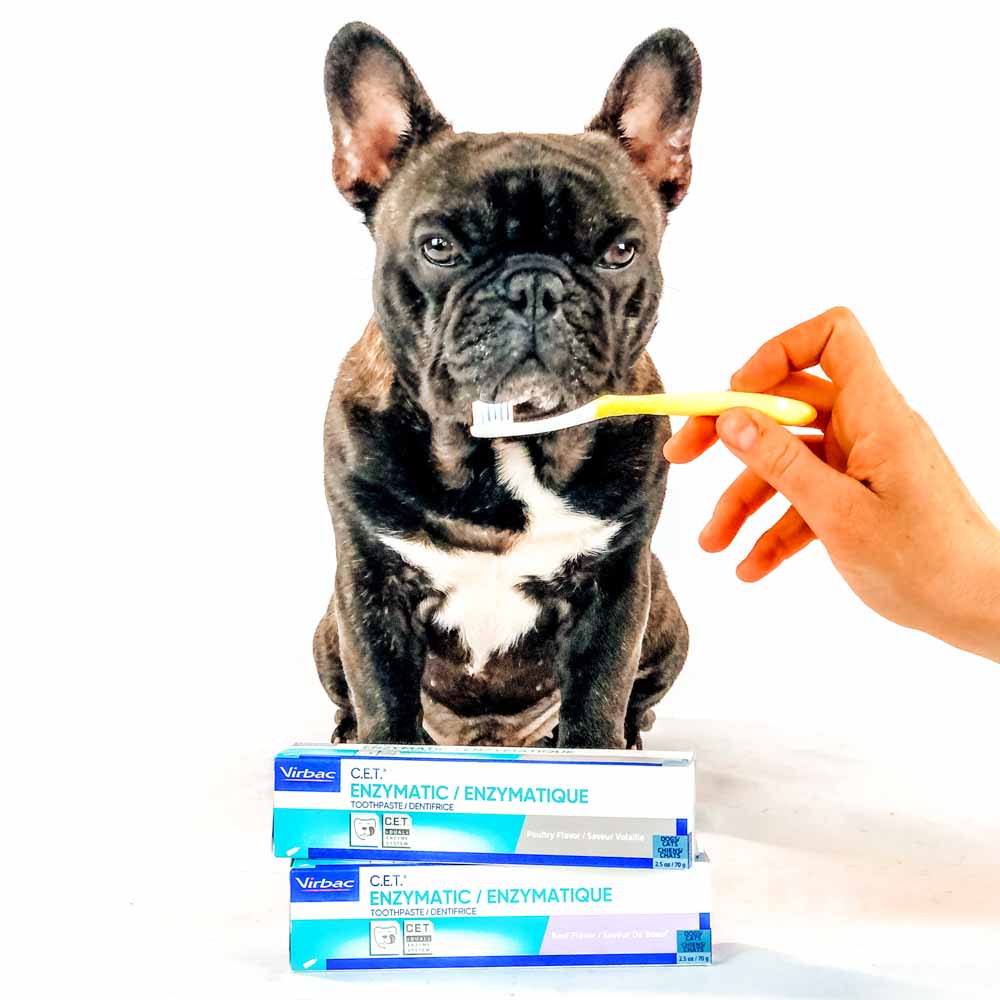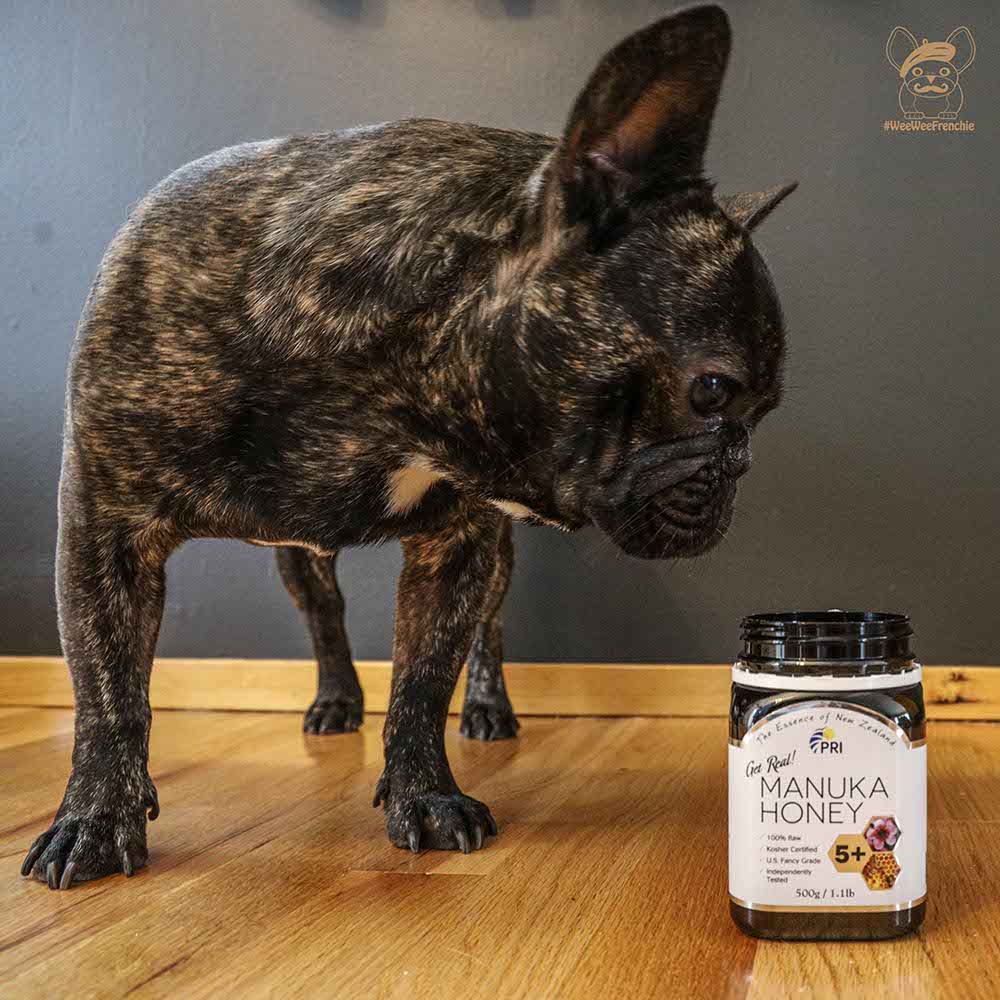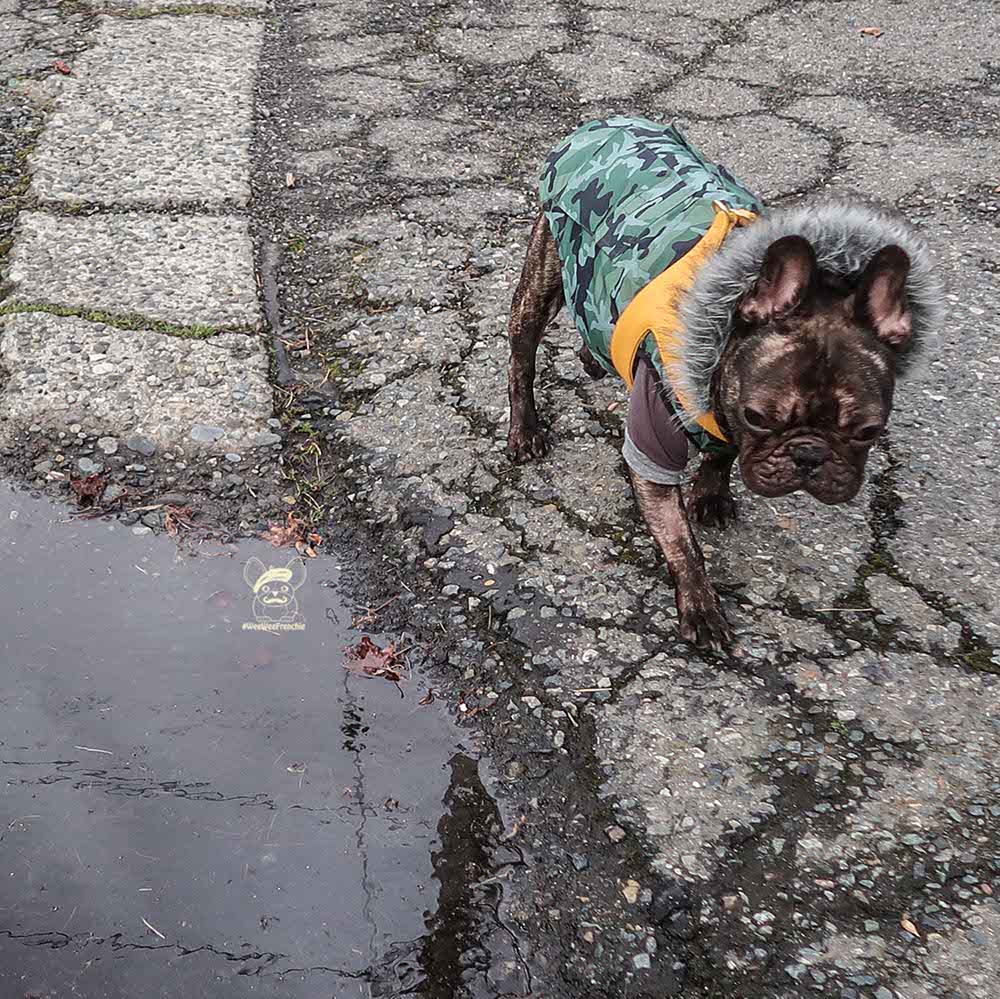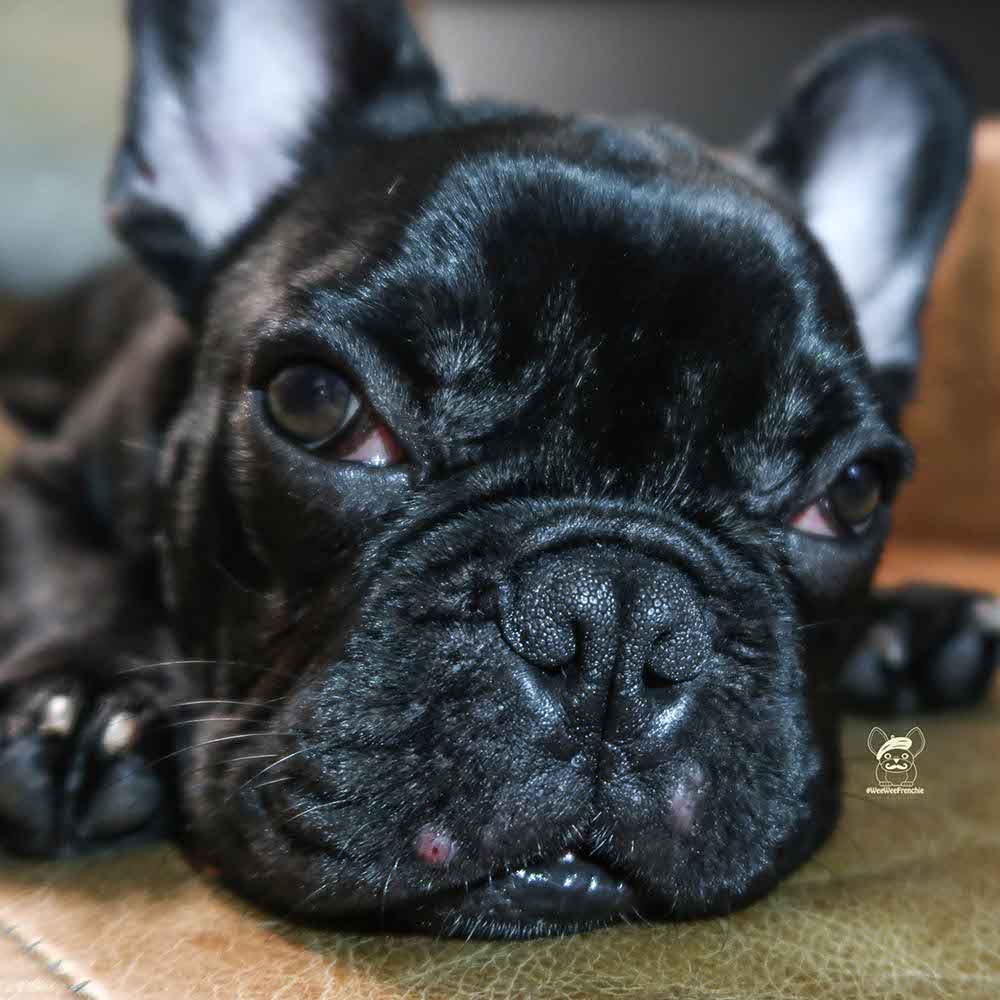What You Need to Know about Anal Glands
At the time, my 7 month old French bulldog, Phoenix, was having some anal leakage. After holding my dog, I would notice a fishy smelling mucus-like substance on my arm or clothing. I was mortified and thought that my dog needed a wet wipe to solve the problem but there was more.
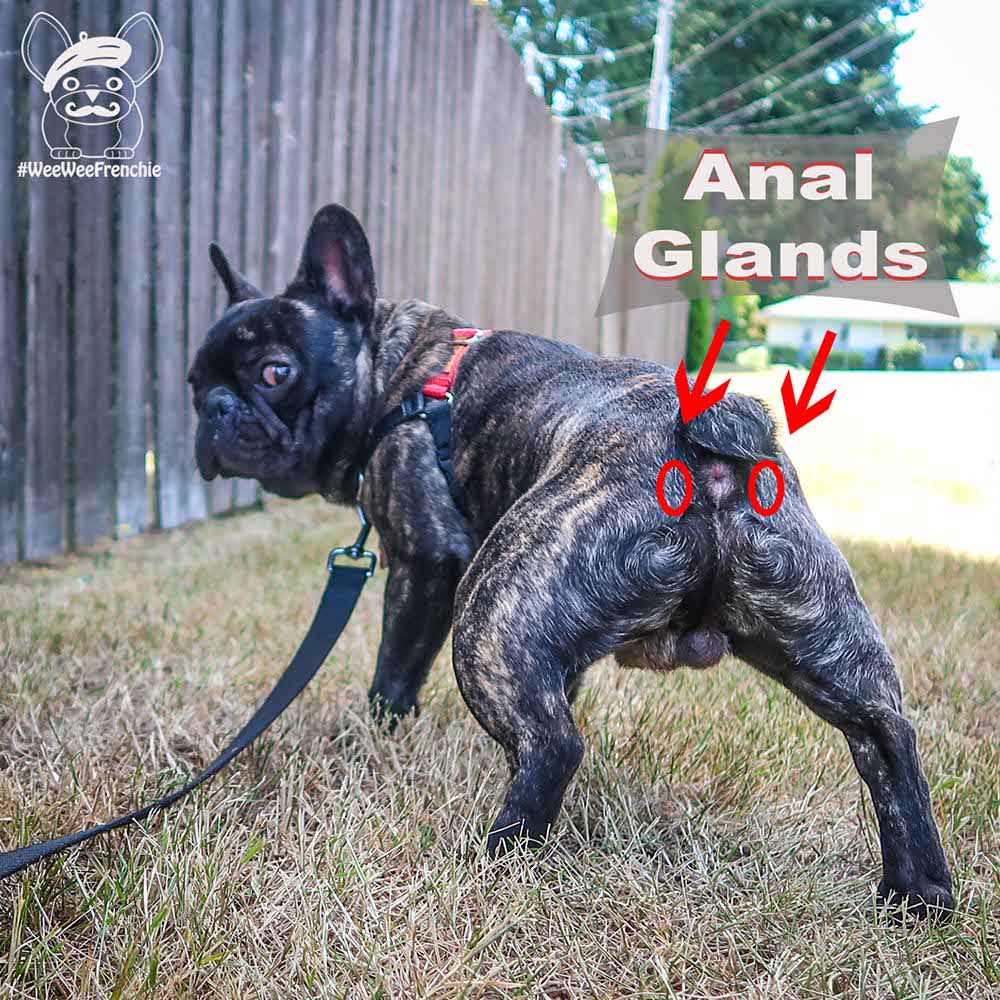
After wiping the area, only a few days would pass before having a repeat situation. My dog was also butt-scooting across the yard, which was his attempt to relieve pain from a clogged anal gland. When asking a friend if her dog had experienced this she replied, “Your dog has a problem with anal glands.”
What Are Anal Glands?
Anal glands are grape-sized glands on both sides of the anus, which produce a foul smelling substance every time your dog or cat defecates. Every dog and cat has their own unique smell, which helps your animal mark their territory every time they use the bathroom. It's no surprise why dogs greet by sniffing their new friend’s behind. They are smelling the unique cologne that only your dog has.
Every time your dog defecates, anal glands should be excreting as long as your dog’s stool is firm or formed. Problems arise when your dog has had issues with diarrhea or loose stools, which limits the expression of the anal glands. Anal ducts can also become blocked, which limits drainage of the glands. This can cause irritated and inflamed anal glands, which can be painful for your dog.
If you notice your dog trying to lick their backside or begin butt-scooting across the floor, your dog’s glands need manual expression (either by you or the vet).
If anal glands are blocked for a long period of time, they can become extremely inflamed and abscess. If the abscess ruptures, your dog can be in more pain as the open wounds begin to heal. Veterinary evaluation is needed to ensure your dog or cat is getting the proper pain and antibiotic relief.
Diet
Your dog needs a good, fiber-rich diet. Your dog’s diet may need to be changed to ensure your dog has formed stools at almost every bathroom visit.
Manual Expression
If you are savvy at following instructional videos, YouTube has several how-to videos on anal expression for dogs.
If anal glands are expressed often, this can also lead to inflammation causing severe, chronic problems. It is best to discuss with a veterinarian if you notice that you are routinely expressing the anal glands for your dog, as this could mean there is a bigger issue.
Over-the-Counter Relief
If you cannot figure out the right combination on your dog’s diet, making a trip to the pet store may be necessary to find the perfect supplement.
Scooter’s Butt Bar for Anal Gland & Bowel Support by Herbsmith may be the perfect addition to your dog’s routine. It has a proprietary blend of pumpkin powder, pumpkin seed powder, psyllium husk, lentil powder, diatomaceous earth, cinnamon. Even though there are recommended amounts on the package for the size of dog, remember to start off with a smaller serving size to determine how your dog will react to this product.
I made the mistake of giving Phoenix the recommended amount, and he had a few days of blowouts. The pet store advised me to give half of the serving size, and then work up to the full recommended serving size.
Anal glands play a vital role in your dog’s health. Evaluate your dog’s diet to ensure it is fiber-rich for proper stool formation. Firmer stools allow for proper release of anal fluid from glands, which promotes gland health. If glands are impacted, expression either by you or the veterinarian will be needed to help restore balance and prevent abscess. Anal gland issues are common in dogs but with proper care and attention, your dog can have good digestive health.
A special thanks to my dog, Phoenix, who was not keen on showing you his backside.

